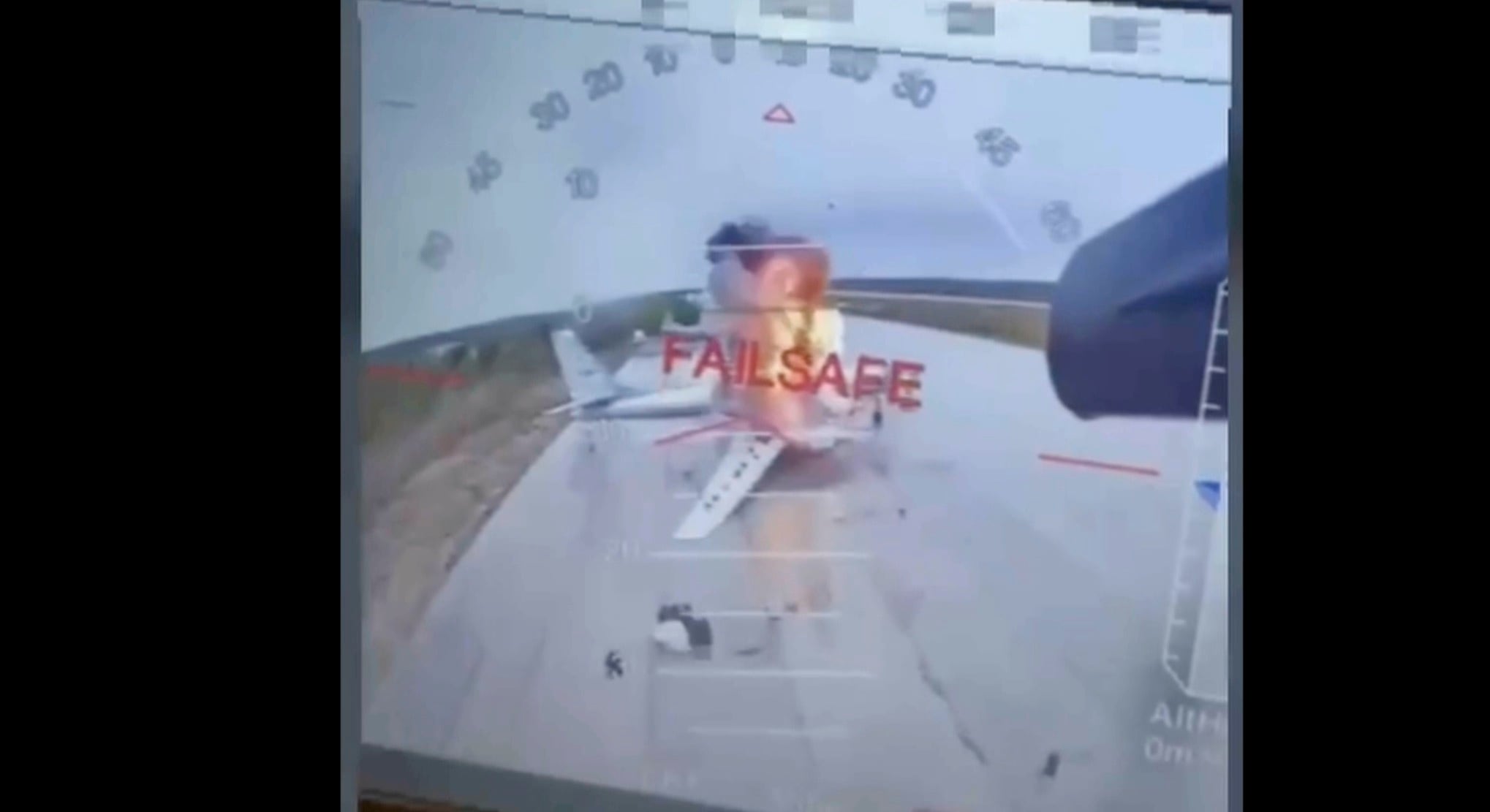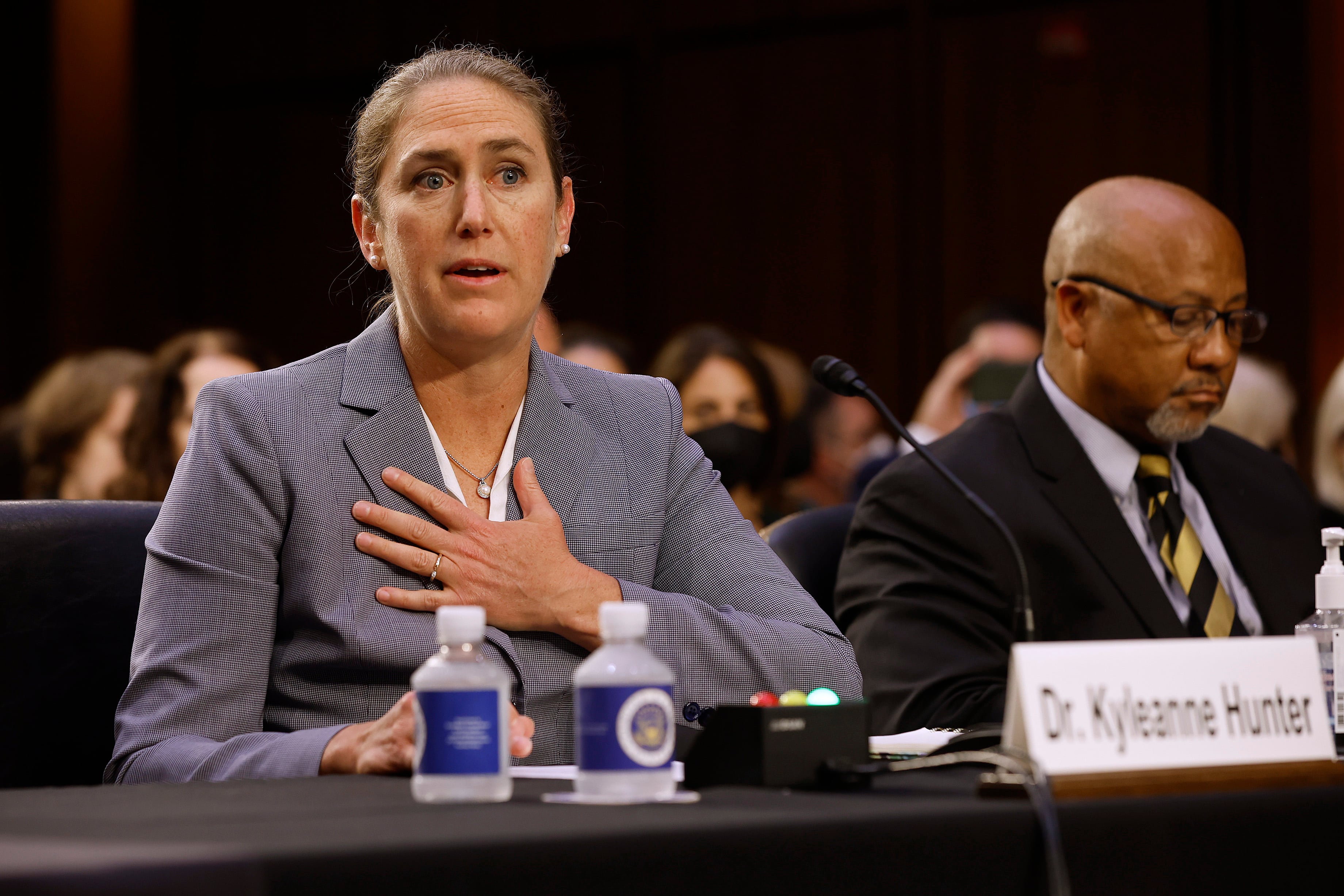Nearly half of the Navy's $2 billion science and technology budget will be spent on discovery and the invention of technologies that may not reach the fleet for another five to 20 years. Leaders are therefore looking at ways to more quickly put emerging technologies in the hands of sailors and Marines.
The funding will focus on nine areas: Aassured access to maritime battlespace; autonomy and unmanned systems; electromagnetic maneuver warfare; expeditionary and irregular warfare; information dominance — cyber; platform design and survivability; power and energy; power projection and integrated defense; and warfighter performance.
Adm. Jonathan Greenert, chief of naval operations, was direct in listing his priorities for the nearly 3,000 in attendance at the Naval Future Force Science and Technology Expo, which is being held in Washington, D.C., Wednesday and Thursday. The CNO's priorities are:
1. Getting off gun powder. Lasers and railguns will provide give an incredibly deep magazine at remarkably low cost, he said.
2. Developing unmanned underwater vehicles with greater propulsion capacity that will help the U.S. maintain underwater dominance and bridge the gap when the sub fleet begins a 10-year dip in the mid-2020.
Stamina in unmanned underwater propulsion systems. He emphasized the need to keep underwater dominance as sub fleet begins a 10-year dip in the mid-2020.
3. Protecting Protection of proprietary data. Greenert said this keeps him up at night, as the high-tech innovations of today will be classified top secret tomorrow.
Greenert noted that admitted that he didn't come into his job "with a thing for science and technology," but quickly realized the need to focus on this area. Now, it drives many of his strategy and budget decisions. He urged a focus on relevant capability resulting in swift delivery to the fleet.
Though Rear Adm. Mat Winter, the Navy's new chief of naval research, described how his team will meet that challenge. Though has only been in the job for about just over one a month, he has a long history in acquisitions as well as research and development. He called the sScience and technology is as an "awesome mission," he said, adding and added that "if you're not having fun, you're not doing it right."
Part of his strategy to meet Greenert's challenge is to find "the next flubber and flux capacitor." Indeed, 12 percent of the budget will be spent on leap-ahead innovations.
While many programs are classified, Winter said some key efforts will be made in underwater and electromagnetic maneuver warfare. The next-generation fighter also is a top focushas a place of priority.
Greenert said it must have manned and unmanned capabilities and carry a spectrum of weapons. Stealth and speed are not top priorities; in fact, "stealth may be overrated," he said.
Winter said tThe fighter must have full spectrum dominance, autonomous sensor and payload integration and a next-generation advanced propulsion, Winter said. What is that? "We will let you know when we get it," he said.
Just a stone's throw away from the Walter E. Washington Convention Center, lawmakers are beginning to address the president's budget. Defense Secretary nominee Ash Carter is expected to call for "sweeping defense reforms" in his opening remarks slated to be delivered at his Wednesday's confirmation hearing before the Senate Armed Services Committee.
Greenert believes said there is also a need for a "national debate on defense investment." The Budget Control Act will again dramatically reduce drop investment in defense, and the "pressing need" for modernization over the next decade will be would be pushed out further into the future if sequestration budget cuts continuesis enacted.
"If this happens, we will fall behind our adversaries," Greenert said.





